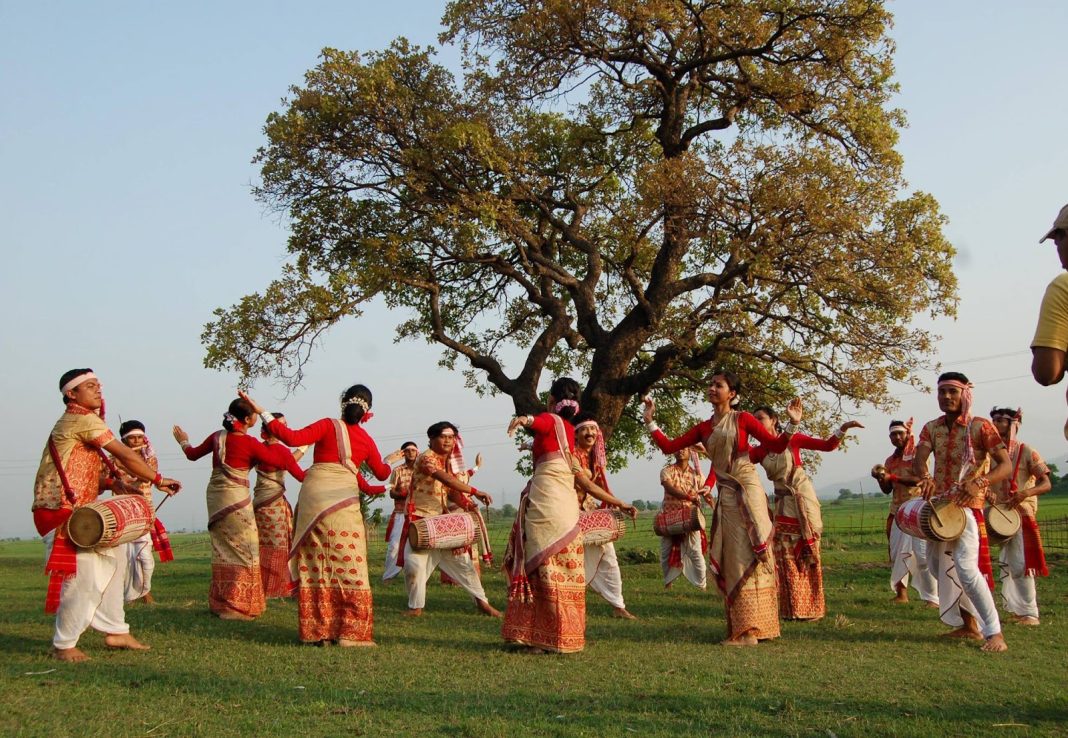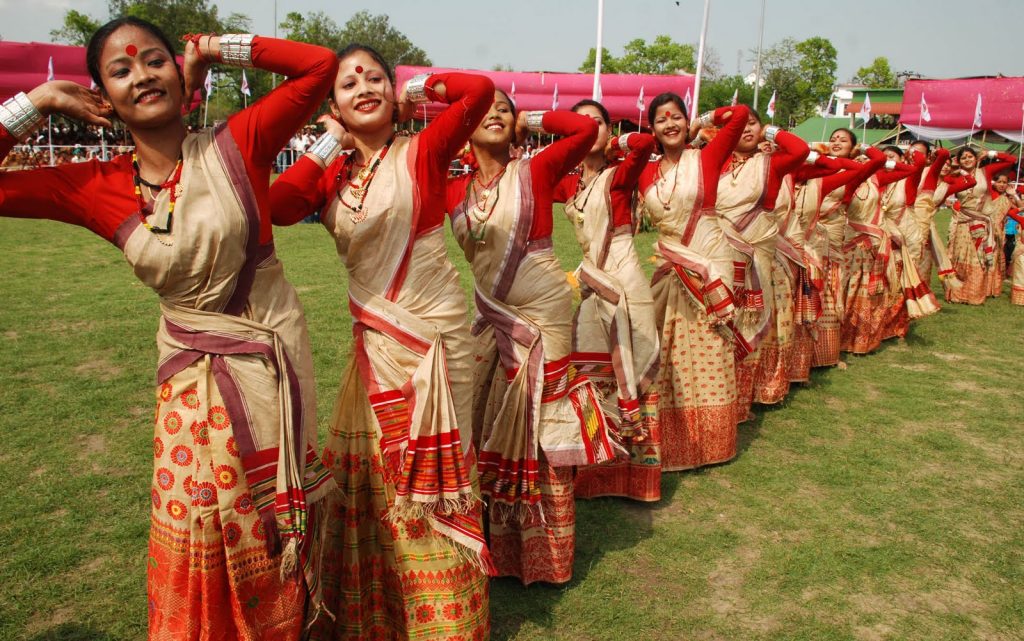
Festivals are essential to each culture, and for the Assamese, they have a unique place among the aspects of life in many cultural contexts. Assamese festivals are celebrations of culture, nature, community, and most importantly, family. They are life events that go well beyond the calendar times they fall within. Even in a fast-paced world, Assamese festivals enable our family units to calm down and connect, bring generations together under one roof, and make enduring memories.
Families have few opportunities to just enjoy the basic activities of dining together, dancing in the courtyard, or decorating the house together, but the festival season offers these opportunities. These behaviors establish and maintain bonding and familial connection patterns in a wonderful and enduring way.
The festival style in the “lifeworld” of Assam offers us more time to be together and in community than the rituals observed during the celebrations to create some moments of togetherness, from the high energy of Bihu to the ritualistic solemnity of Kati Bihu to the festiveness of a bounty of Magh Bihu feasts. The festivals symbolize the diversity of Assamese customs, landscapes, and ideals of warmth, hospitality, and belonging, and their philosophical underpinnings are unmistakably linked to the natural cycles.
Let’s explore how these beautiful traditions help weave stronger family ties while preserving the cultural heritage of Assam.
Table of Contents
1. Bihu: The Festival That Brings Generations Together
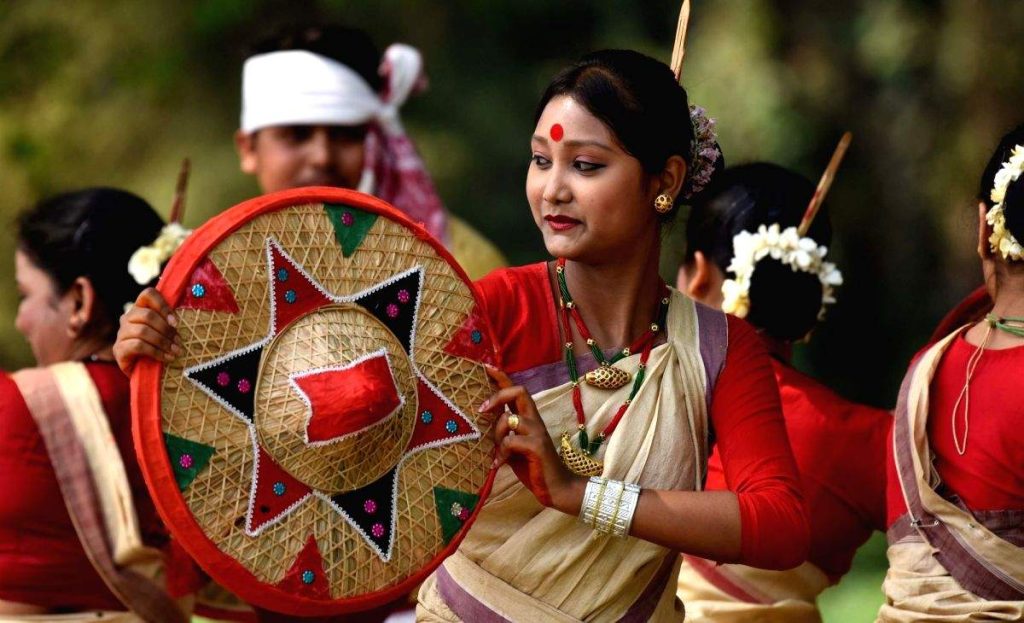
There are three festivals in Bihu, not just one! Holidays known as Rongali (Bohag), Kongali (Kati), and Bhogali (Magh) Bihu are observed throughout the year to commemorate various stages of the agricultural cycle. Beyond farming, though, the festivals commemorate life stages, times for introspection, congratulations, and camaraderie.
- Rongali Bihu (Bohag Bihu): The April celebration ushers in the Assamese New Year and the beginning of spring. Families tidy their homes, change into fresh clothes, and start over in anticipation of blessings and rejuvenation. Younger generations are blessed by elders. The air is filled with traditional Bihu Geet and Bihu Naas. Visiting family members to converse and share pithas (traditional rice cakes) turns into a bonding ritual.
- Kati Bihu (Kongali Bihu): Taking place in mid-October, Kati Bihu is the quietest and spiritual. Families pray for a bountiful harvest while lamps are lighted in the fields and around the tulsi plant. That evening, kids also assist their parents in lighting clay diyas, which are little oil lights. Small actions like this are what unite families.
- Magh Bihu (Bhogali Bihu): It is a festival of food, merriment, and fire that takes place in January. Families build makeshift homes called Mejis and work together to create extravagant meals. Family members get together around a campfire to eat and rejoice late into the night on the evening of Magh Bihu. Family members of various ages, from toddlers to grandparents, take part, which promotes a feeling of unity.
These Bihu festivities, which symbolize the rhythm of nature and communal cohesion, are the soul of Assamese festivals.
How it brings families together: Every Assamese Bihu involves every family member. Children of various ages participate in ceremonies, dancing, and food preparation. This reunites the family and fosters intergenerational respect and learning.
2. Majuli Raas Leela: A Spiritual Stage for Togetherness
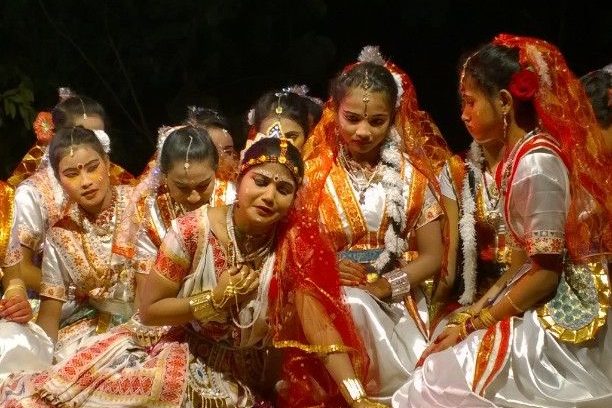
Majuli Raas Leela is a unique event is one of the spiritually rich Assamese festivals, celebrated on Majuli Island, where the story of Lord Krishna is performed through dance, music, and drama.
- Dramatic performances of Lord Krishna’s life: Held in Sattras (Vaishnavite monasteries), where families attend plays together and understand mythological stories through art. Children dress as Krishna or Radha and get introduced to classical and folk traditions.
- Preparation and pilgrimage together: Families often travel in groups to Majuli, taking long boat rides, staying together, and sharing meals and stories during the trip. Elders explain the significance of Krishna’s philosophy and the cultural meanings behind the play.
- Live performances build excitement and family bonding: Younger family members experience how traditional arts connect with devotion. Grandparents usually narrate the tales post-performance, connecting mythology to life values.
How it bonds families:
It provides emotional, educational, and cultural bonding time. The live performances make children ask questions and spark intergenerational conversations.
3. Ambubachi Mela: A Sacred Pause for Reflection and Family Faith
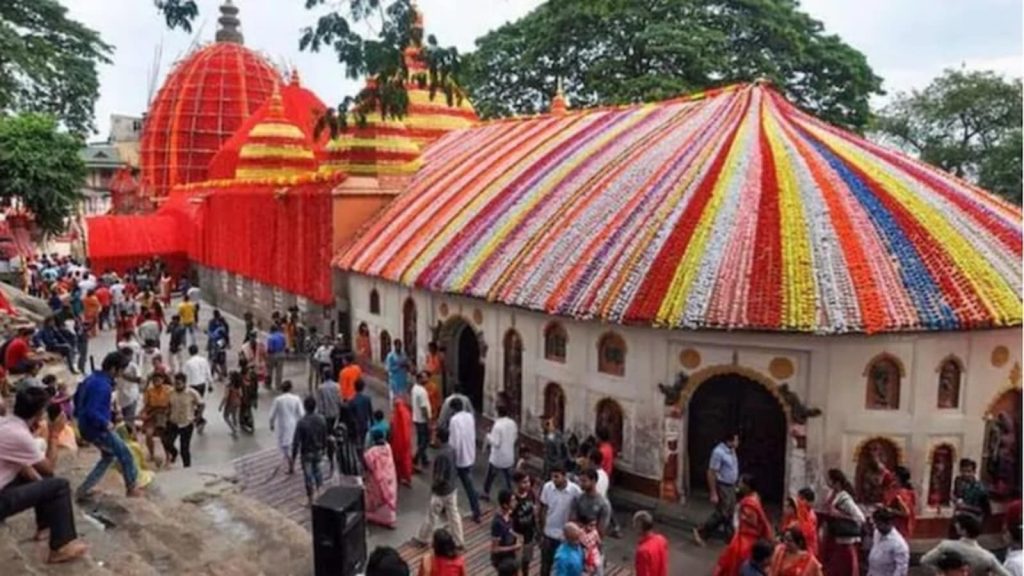
Among the most intense and spiritually profound Assamese festivals, Ambubachi Mela is celebrated at the Kamakhya Temple in Guwahati and honors the feminine power of creation.
- Spiritual silence shared by family: During this 3–4 day period, the temple remains closed. Families at home avoid worship, cooking certain items, and even gardening, teaching respect for nature’s cycles.
Mothers explain menstruation as sacred: For young girls, it becomes a powerful time to understand womanhood positively. The family engages in calm, quiet practices like chanting, storytelling, and rituals. - Pilgrimage brings families closer: Many families from across India travel to Kamakhya together. They cook and stay in shared spaces, meet pilgrims, and have spiritual discussions that reinforce bonding.
How it connects generations:
The silence, rituals, and themes of respect allow families to understand the value of womanhood, patience, and nature, instilled by parents and grandparents alike.
4. Bwisagu: New Year, New Hopes for the Bodo Families
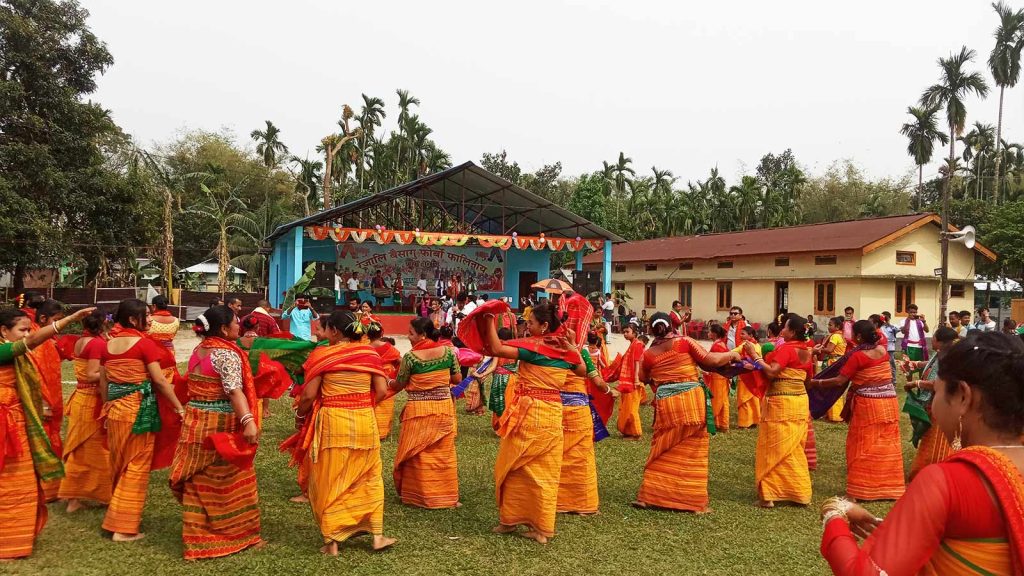
Bwisagu is a prominent tribal addition to Assamese festivals, celebrated by the Bodo community in mid-April.
- Animal worship as a family ritual: On the first day, cattle and pets are bathed, decorated, and worshipped. Kids enjoy cleaning the cowsheds and applying turmeric to animals with their elders.
- Song, music, and joy together: Bwisagu songs and dances are practiced in groups by youth. Families organize community feasts and cook ethnic dishes like Oma Bedor (pork curry).
- Children learn tribal customs: Dances like Bagurumba and instruments like Siphung are taught by elders. This fosters cultural continuity and pride in one’s roots.
How it strengthens family culture:
Bwisagu encourages respect for animals, bonding with neighbors, and a deep sense of pride in cultural identity.
5. Mohoho: Fighting Darkness with Laughter and Unity

Mohoho is a folk celebration, specific to lower Assam, that stands out among the lesser-known Assamese festivals for its humor, fire, and symbolic traditions.
- Symbolic rituals for protection: Families build bamboo mosquito effigies, sing songs, and burn them. Children laugh and help in collecting twigs and dry leaves for the bonfire.
- Traditional meals & fun games: Mohoho involves eating roasted tubers, nuts, and boiled vegetables around a fire. Adults play folk games while children mimic them, creating shared laughter.
- Elders explain ancient beliefs: Parents and grandparents explain the reason for the rituals and how they relate to health and seasons.
How it builds connection:
Mohoho uses humor and folklore to build unity, dissolve fears, and reinforce cultural knowledge through fun activities.
6. Falgutsav (Phagwa / Holi): A Riot of Color and Togetherness
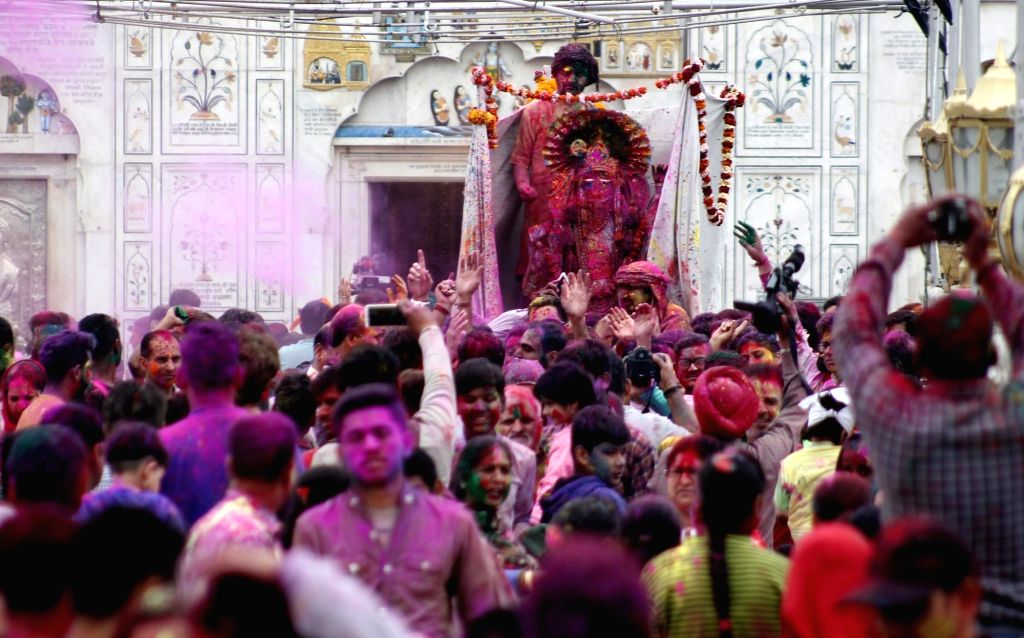
Though Holi is celebrated across India, Falgutsav in Assam is among the colorful Assamese festivals that symbolize playfulness, unity, and forgiveness.
- Family-led prayers for spring: Before colors are thrown, families offer worship to Lord Krishna or Shiva, teaching children gratitude for nature.
- Making colors at home: Natural colors from turmeric, beetroot, and flowers are prepared together by the family. Elders share old techniques and tales of Holi from their childhood.
- Fun, food, and forgiveness: Water balloons, color fights, and sweet dishes like gujiya are shared joyfully. Family disputes are sometimes resolved during Holi with hugs and laughter.
Why it matters to families:
It’s not just about fun but also about emotional release, family forgiveness, and colorful unity.
Celebrations Rooted in Food and Family Traditions
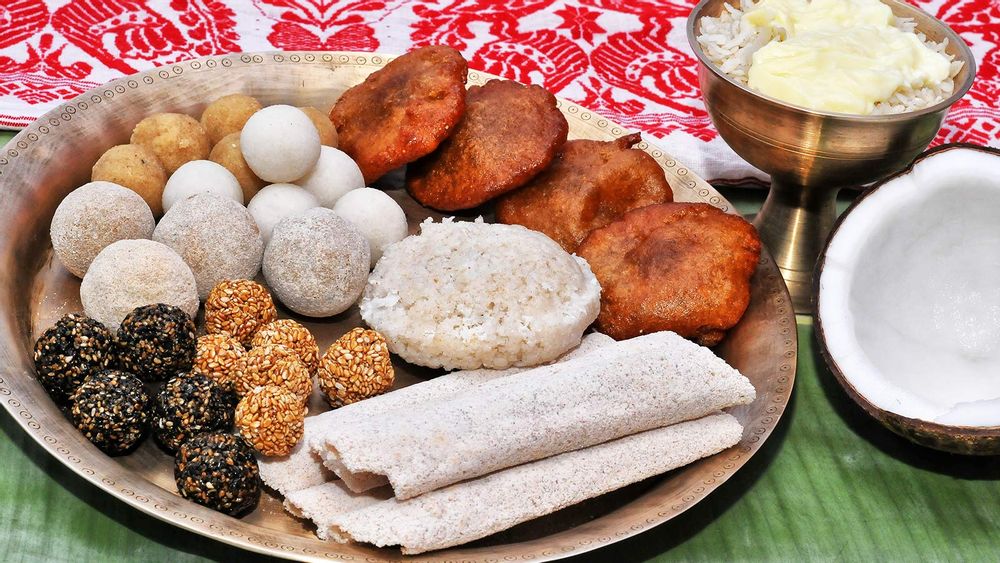
According to the Assamese language, food is what binds the hearts of those who celebrate. Assamese festival cooking is a group activity rather than a solitary endeavor.
- Teaching traditional recipes: Mothers and grandmothers instruct their kids in the preparation of fish or meat specialties, pithas, and larus, or sweet balls. Preparing these meals takes hours, and cooking together fosters relationships that enable sharing tales, having conversations, and creating memories.
- Part of the celebration tradition is sharing a meal: It is a joyous occasion to celebrate the holiday with others. Simple sustenance becomes an emotional connection when people sit on the floor, pass dishes around, and occasionally feed each other by hand.
- The result of sharing a meal and cooking together: Cooking together is a lot of fun, especially when families cook together in big pots outside while watching the Magh Bihu! Neighbors would always join in, and kids would vanish to play games on the sidelines. These gatherings are free of commitments and brimming with humor, collaboration, and friendship.
Aspects of the cultural heritage of Assam can be reflected in the cuisine, flavors, rituals, and affection that are prepared in households during these festivities.
Why it brings families closer: The boundaries of everyday routines are also broken down when cooking and eating together. Parents love the thrill of nurturing, grandparents value being hands-on and acknowledged for their culinary expertise, and youngsters receive physical links to their roots and heritage. It creates a non-digital place for connectivity!
Traditional Clothes and Cultural Expressions

Assamese festivals are inextricably linked to expressive cultural forms, including dance, singing, crafts, and attire.
- Getting ready together: Members of the family dress traditionally, with males wearing dhoti-kurtas and ladies wearing mekhela chadors. Their elders occasionally even give them their clothes as gifts, which adds value to the item. Assisting one another in preparing to celebrate festivals is a custom that strengthens relationships.
- Learning songs and dances: Elders or grandparents in a child’s family or community teach them folk songs or Bihu dance. They have a shared objective as soon as they begin practicing together, no matter how big or tiny, and they rejoice when they master even a single step.
- Decorating houses together: When families use locally produced goods, such as flowers, hand-woven fabrics, and jaapis (decorative headgear), to decorate houses during a celebration. This creates a family activity through adornment, and even the ornamental art of the cultural heritage of Assam reflects the family pride in the uniqueness of their culture.
Why it binds us together as families: Additionally, culture and the arts provide a nonverbal means of expressing pride in family identity and affection. For instance, when an adolescent wears a Mekhela Chador that was hand-woven by an aunt or learns the Bihu dance from their grandmother. It changes as a result of deep and immediate ties to the family’s identity and affection.
Acts of Giving and Family Values

Giving, whether it is blessing younger family members, feeding the less fortunate, or exchanging presents with relatives, is a common feature of many Assamese festivals.
- Custom Gift Giving: Generally speaking, exchanging hand-woven gamusa (towels) and other hand-woven goods with Bohag Bihu is permitted. Gifts are carefully picked gifts for the other person, not ostentatious ones. Children are encouraged to think about the joy of giving, which is more important than the cost.
- Respect for elders: Especially during Assamese festivals, children commonly touch their elders’ feet and seek their blessings. This represents a vital connection between generations as well as respect.
- Charity and compassion: During Magh Bihu, some households prepare extra food and donate it to a less fortunate person. The ‘meaning’ of compassion, their cultural background, their heritage, and respect are all things that children should be taught. Children observe and absorb these values early, learning the deeper meaning of kindness rooted in the cultural heritage of Assam.
How it improves family relationships: These deeds show that we foster a culture of compassion and thankfulness in the house. Youngsters discover that love manifests itself in our behavior toward others.
Storytelling and Folk Legends Passed Down
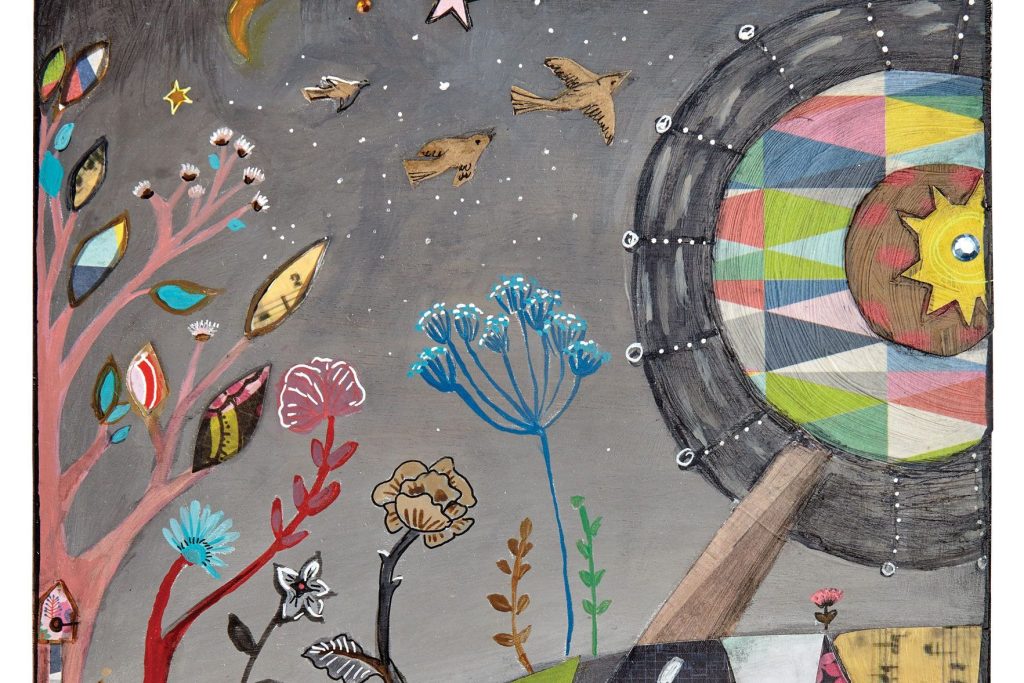
Assamese festivals have a long history that is deeply anchored in mythological and folktale-inspired storytelling. During festivals, telling stories becomes a unique family pastime.
- Stories for bedtime during the festival: Many of the stories that are told during the festival are folktales that are passed down from grandparents and highlight the event in question, such as Bihu or a number of other regional folktales. These stories are full of humorous anecdotes, moral lessons, and examples of local behavior.
- Regional pride and local myths: Assamese heroes and heroines, spirits that have a connection to the river, and harvest gods are all mentioned in numerous legends. Children are reminded of their ties to the cultural heritage of Assam and educated about their roots and traditions.
- Visually conveyed through performance actions: Traditional plays and music performances would take place in rural regions. Families would go together, see these together, and then talk about it afterwards.
Why narratives unite families: Stories evoke emotions, meanings, humor, and valuable teachings. They provide a memorable, pleasurable break from screens and a shared cultural experience to remember!
A Break from Daily Routine and Digital Life
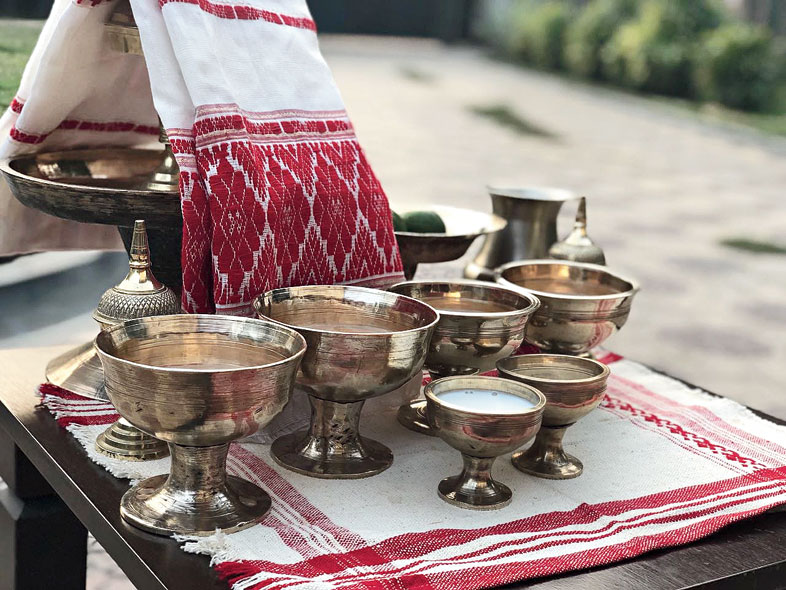
In today’s busy lifestyle, time is the most precious gift. Assamese festivals act as a pause button in the fast-moving world.
- No school or work pressure: Families often take time off, travel to their ancestral homes, or host relatives. It offers an opportunity to be fully present with each other.
- Less screen time, more face time: Festivals create settings where face-to-face conversations, traditional games, and physical activities replace phones and screens.
- Togetherness in simplicity: Whether it’s making a bonfire, visiting temples, or taking part in local fairs, there’s joy in doing simple things together.
These festivals are a living tribute to the cultural heritage of Assam, inviting people to slow down and enjoy real connections.
Why it brings families closer: In a tech-heavy world, these festivals offer real interactions. They remind us that true joy lies in small, shared moments.
Conclusion: How Festivals Keep the Cultural Heritage of Assam Alive in Our Homes
Each of the Assamese festivals, whether it’s the colorful celebration of Bihu, the spiritual silence of Ambubachi, or the humorous spark of Mohoho, becomes a living classroom of tradition, values, and bonding. In a fast-paced world, these festivals slow us down and bring us home, not just physically but emotionally and spiritually.
In celebrating these festivals, families pass on values, stories, recipes, songs, and memories, gifts that last longer than any material offering. And through them, the cultural heritage of Assam stays not only preserved but also cherished. These timeless festivals remind us that the greatest happiness comes from being together, appreciating the present moment, and finding magic in the everyday.


